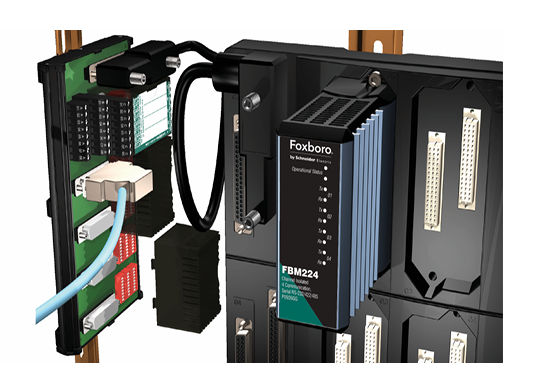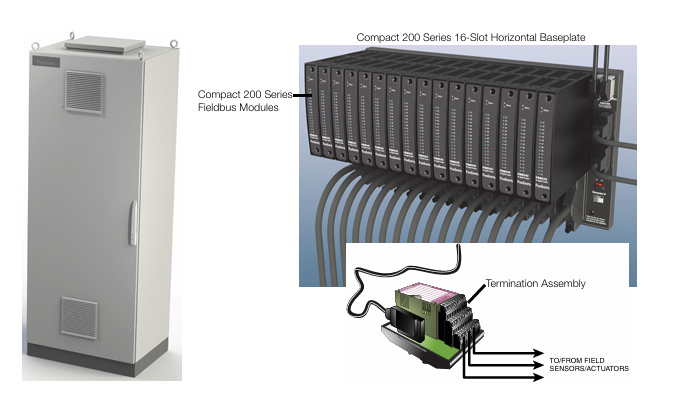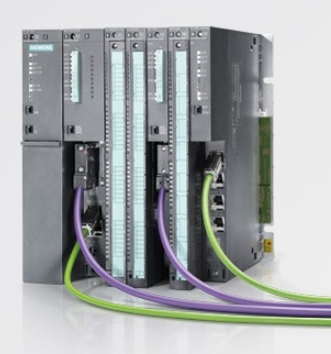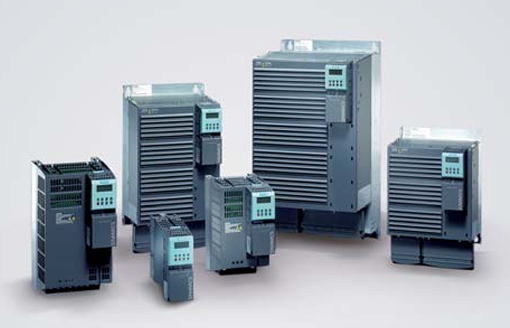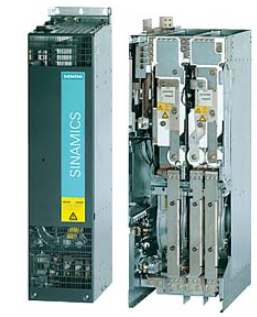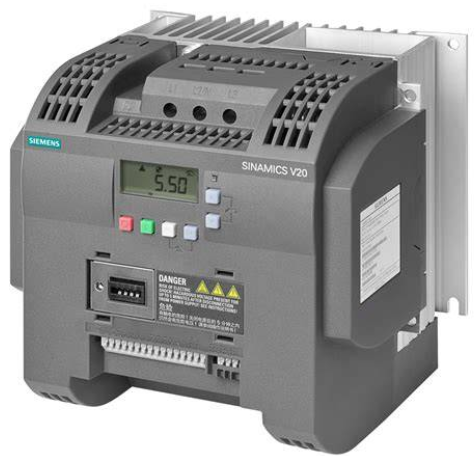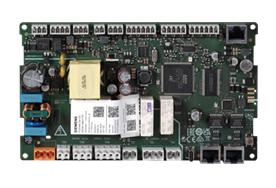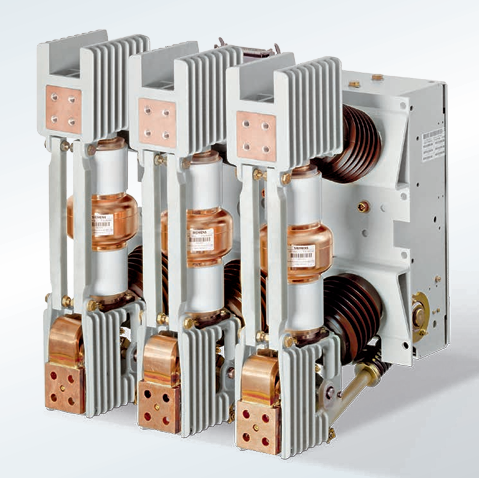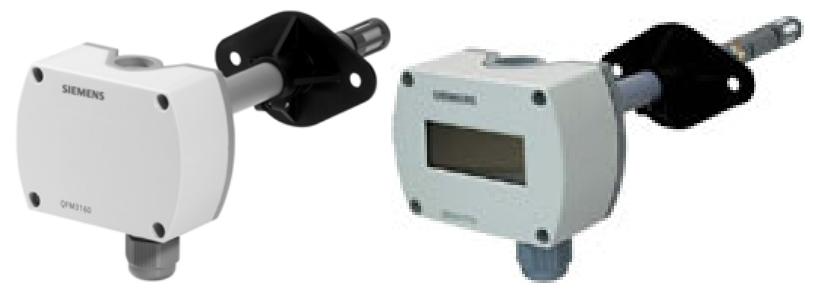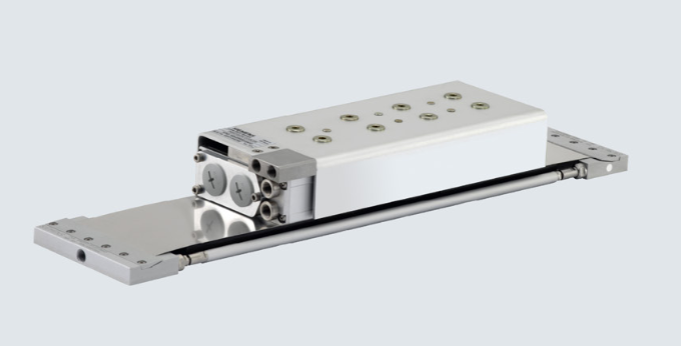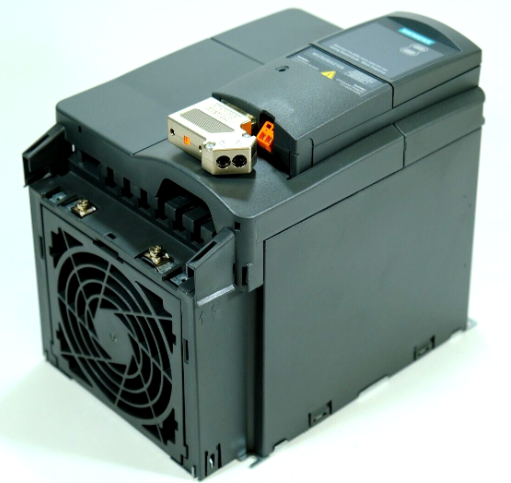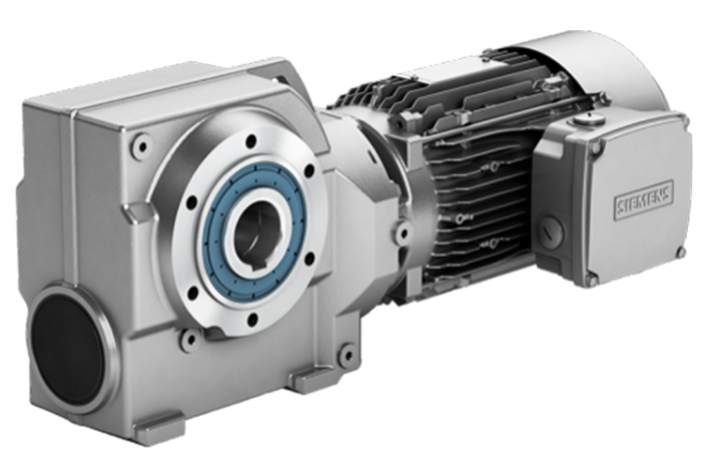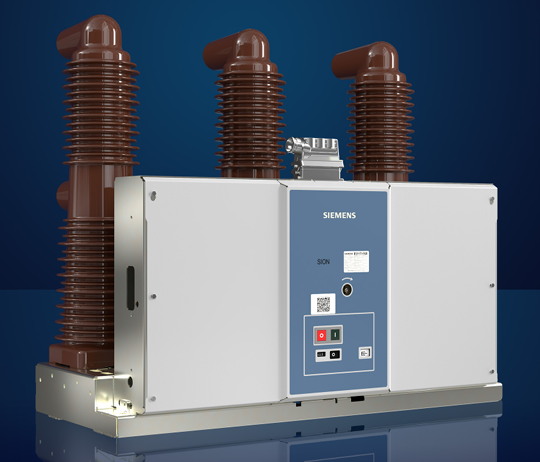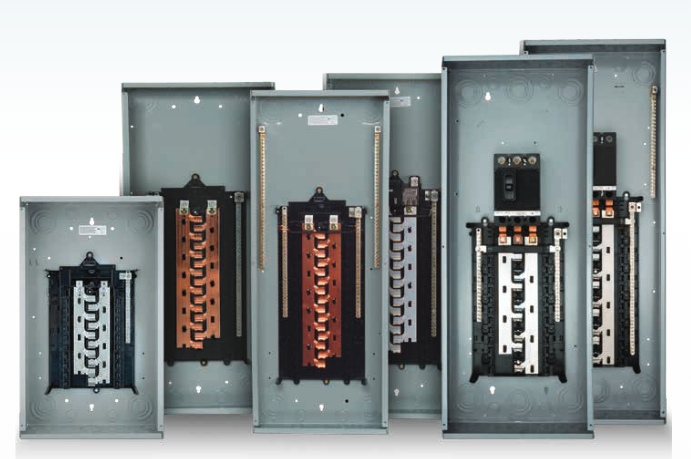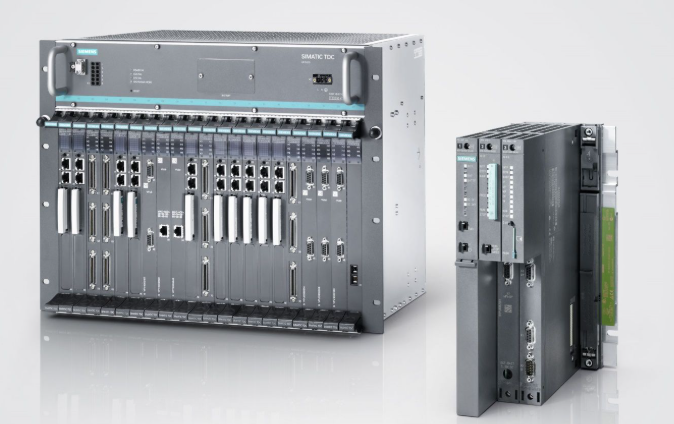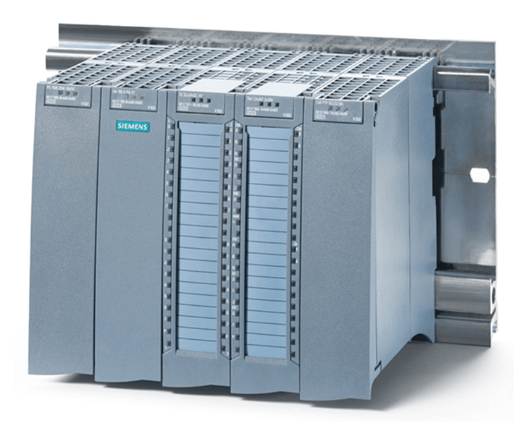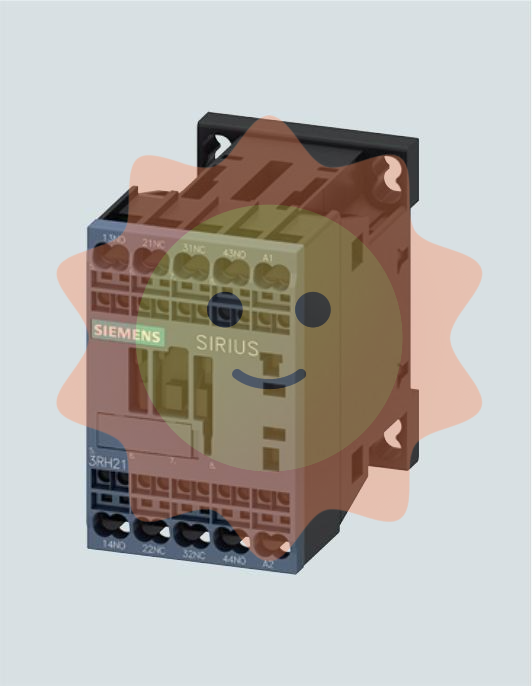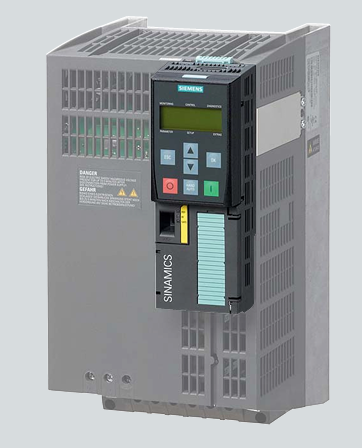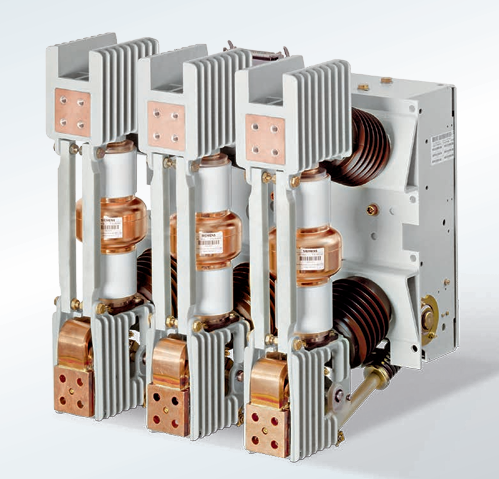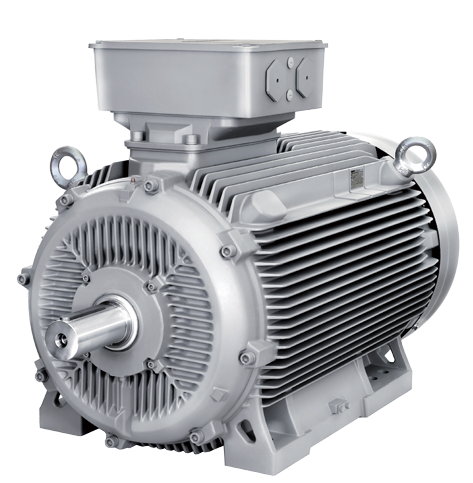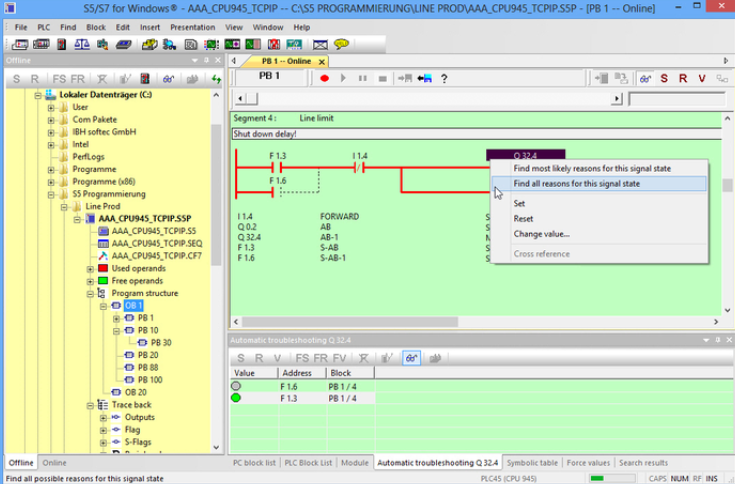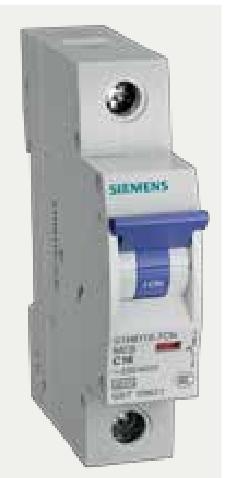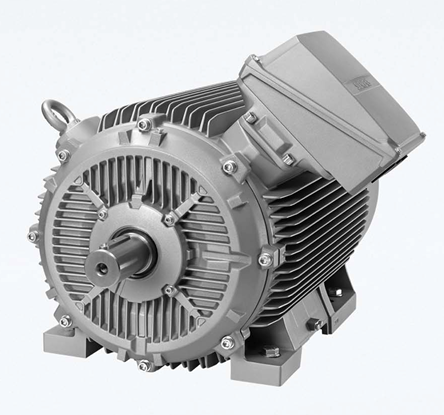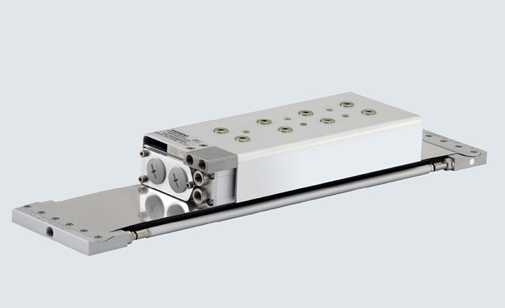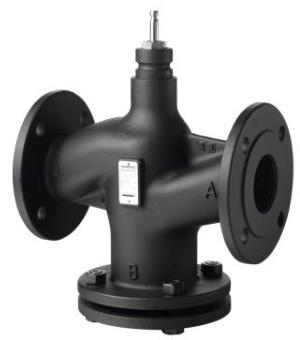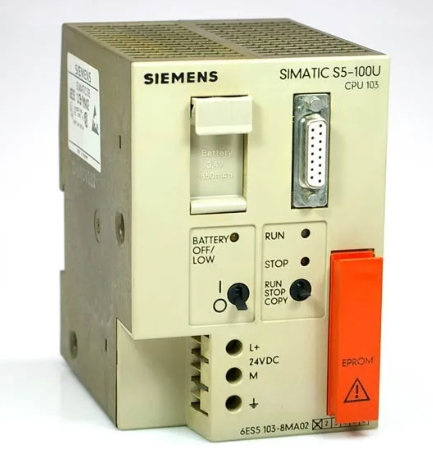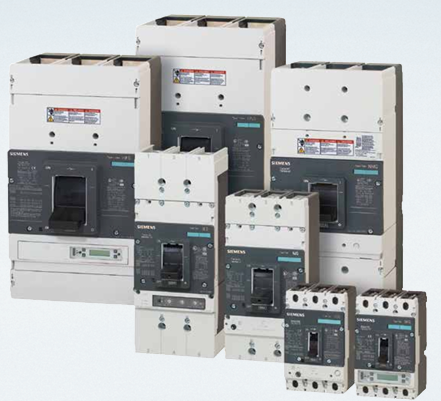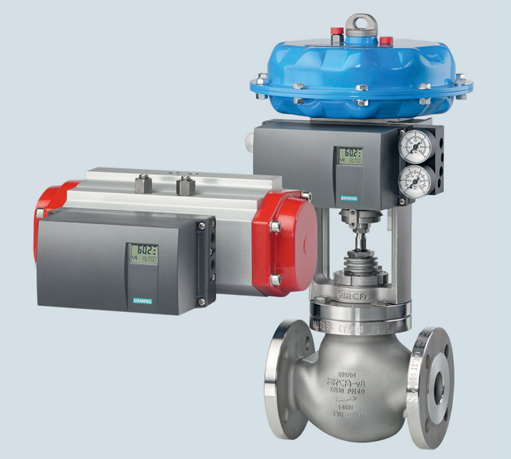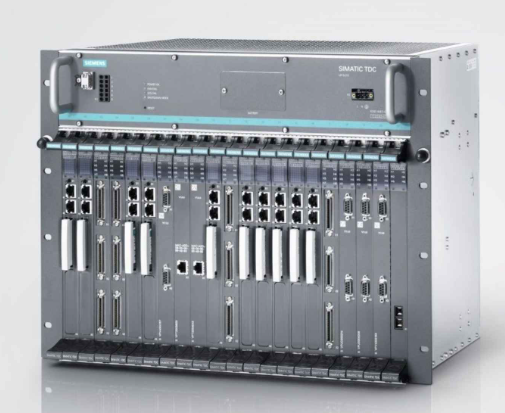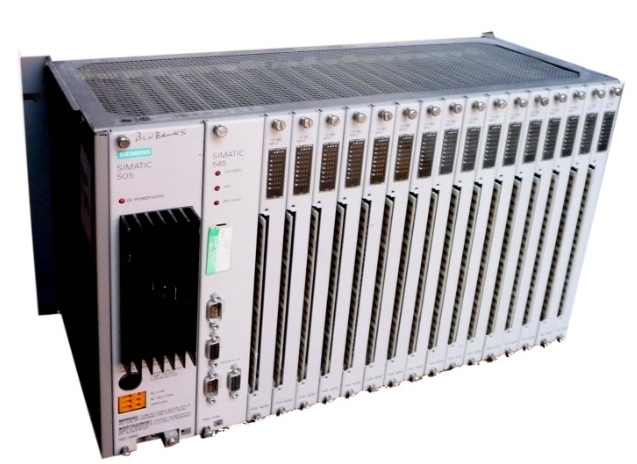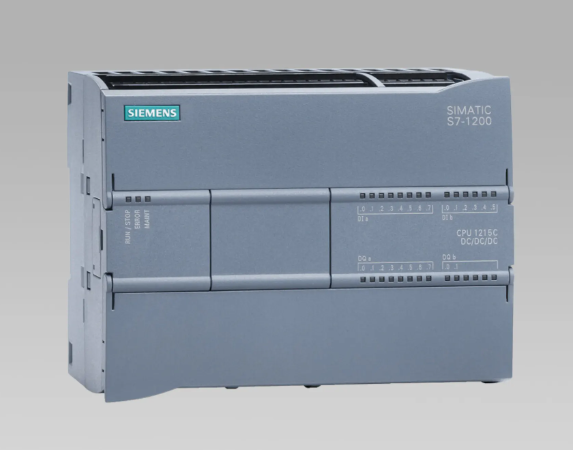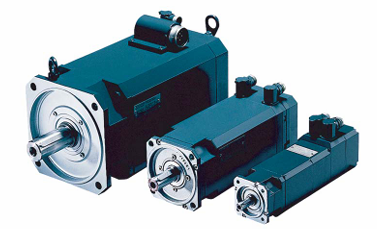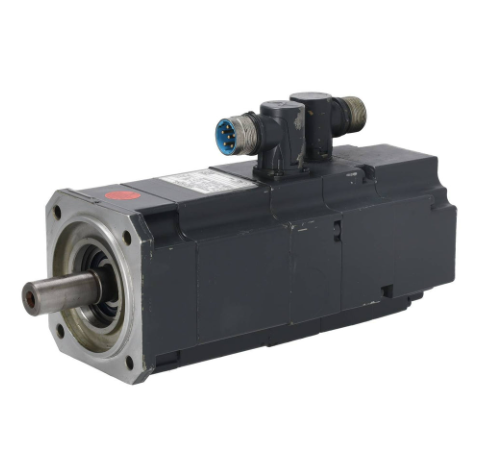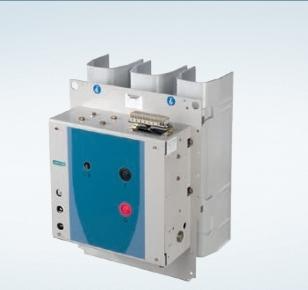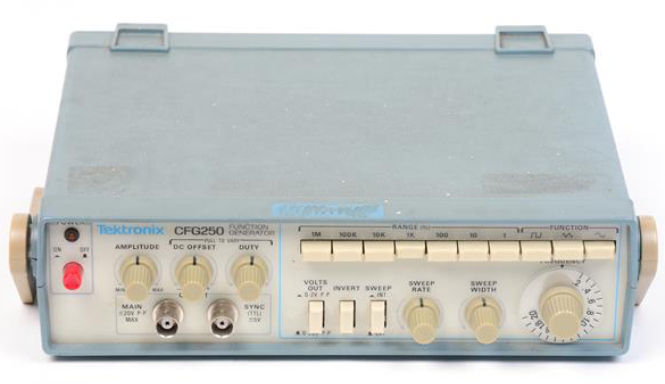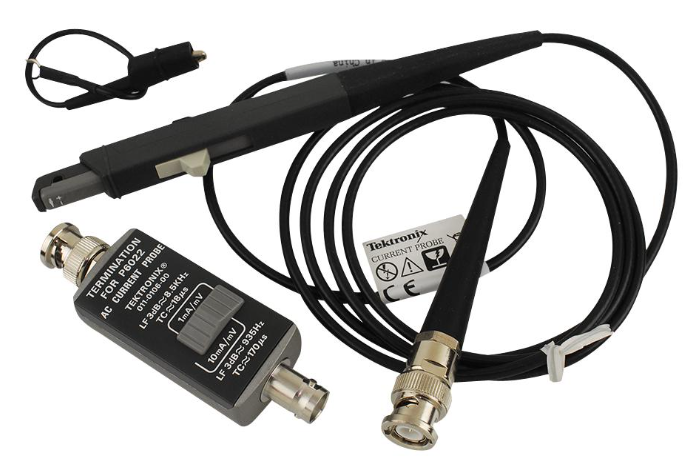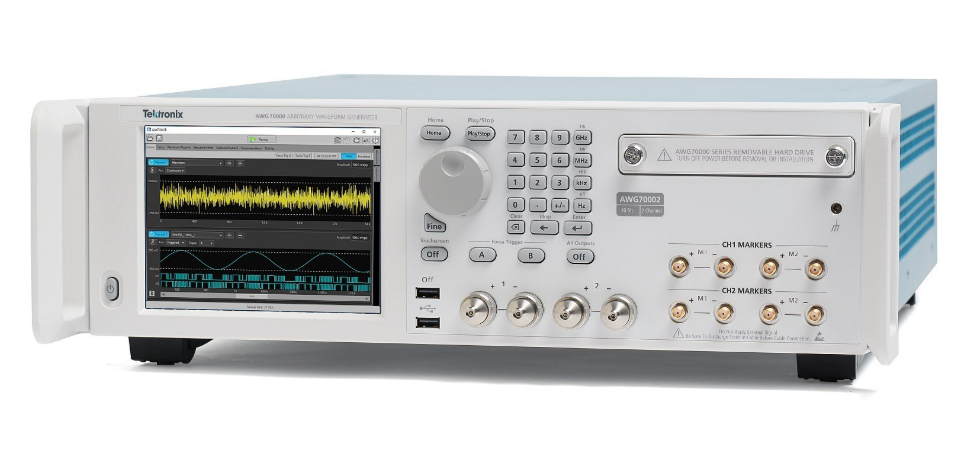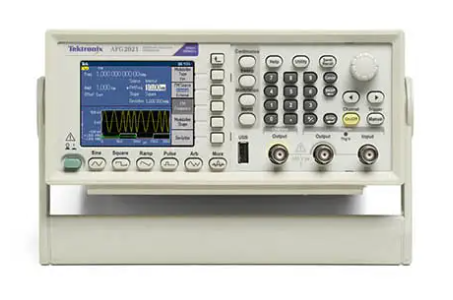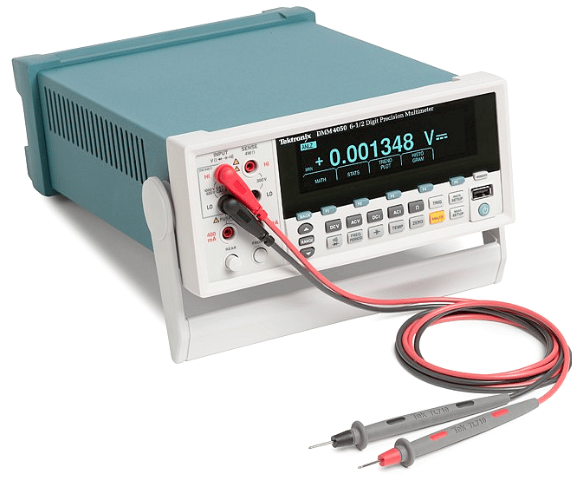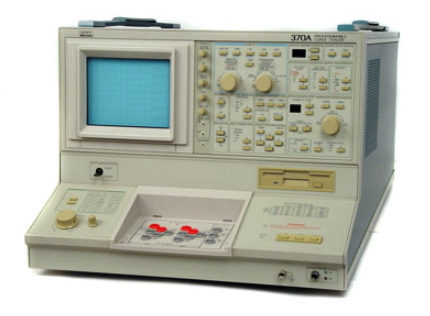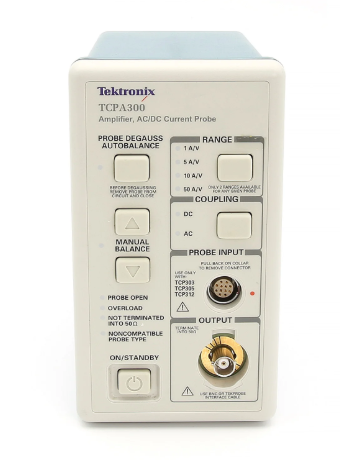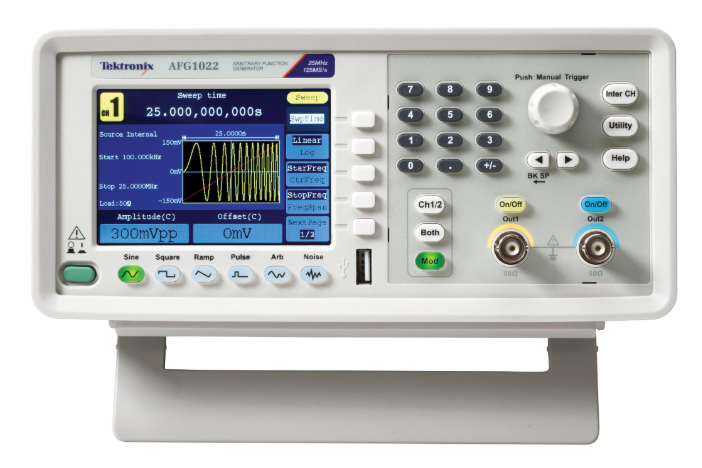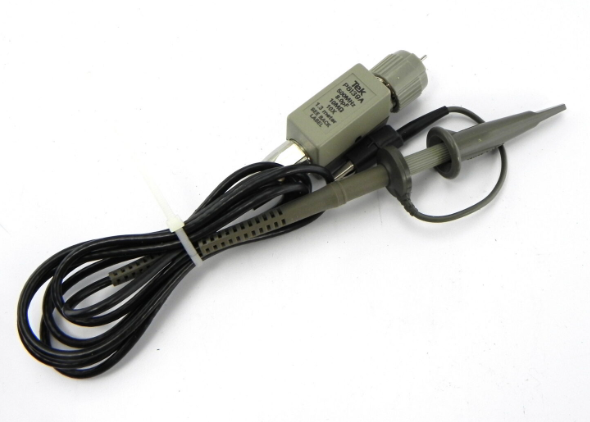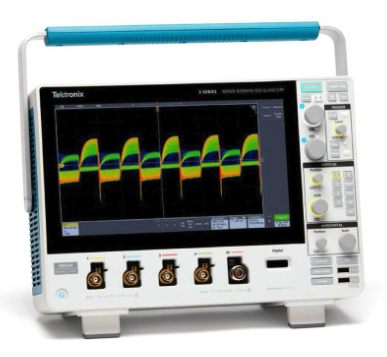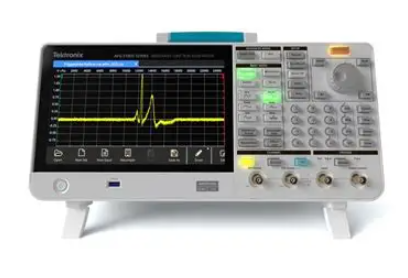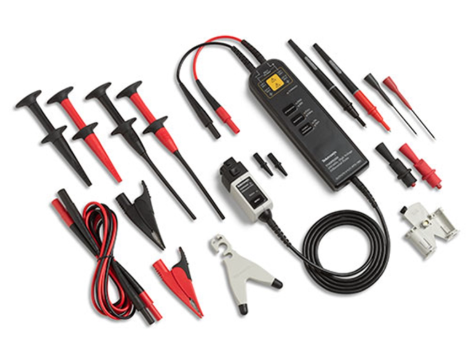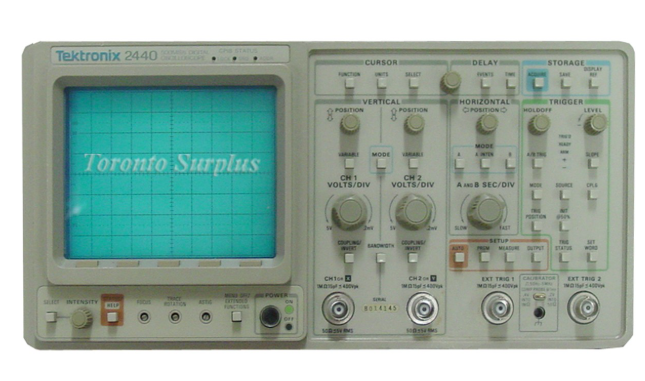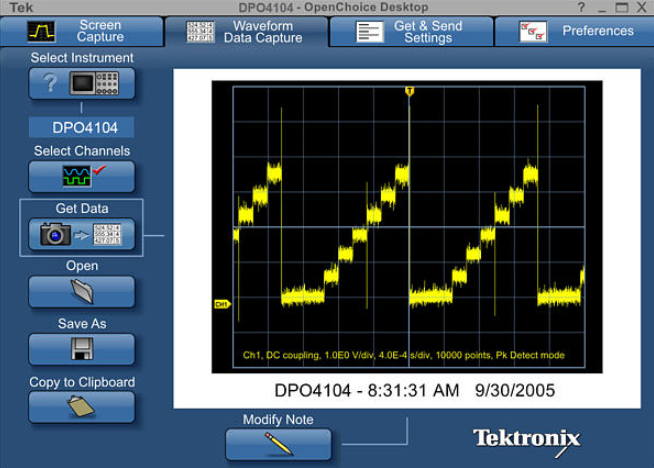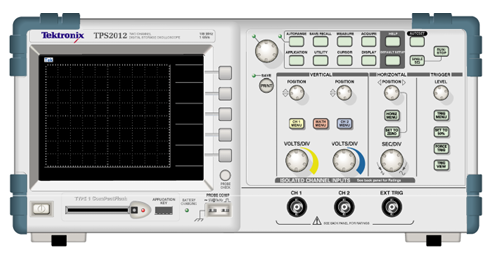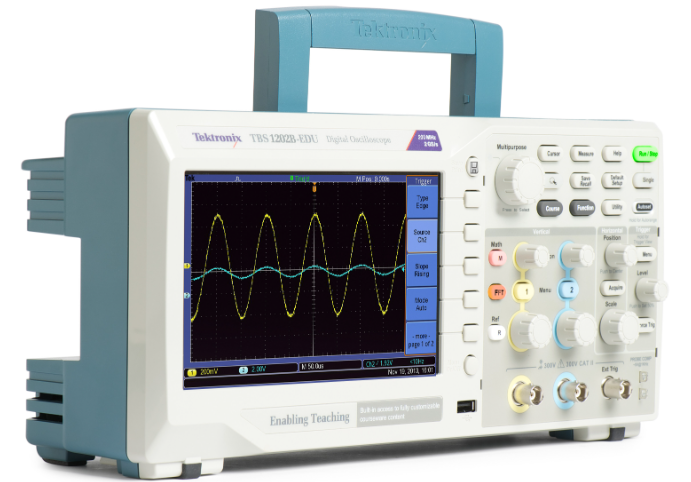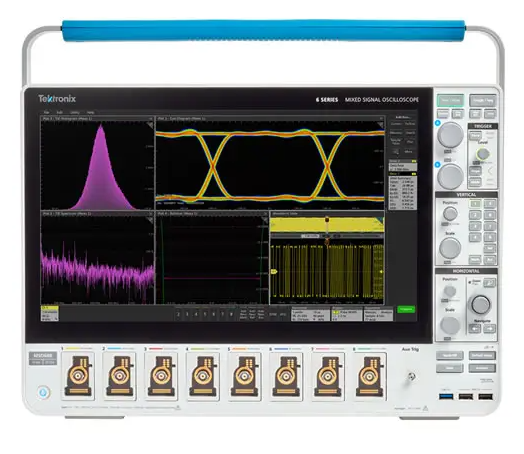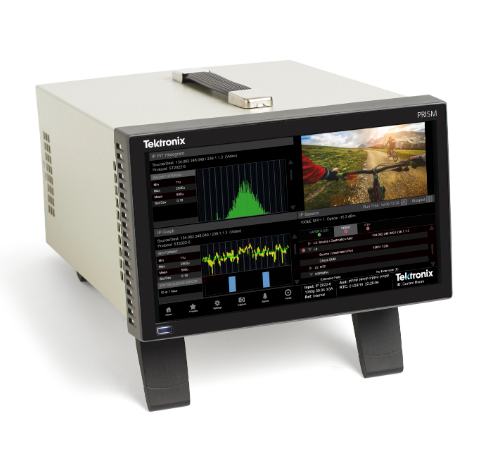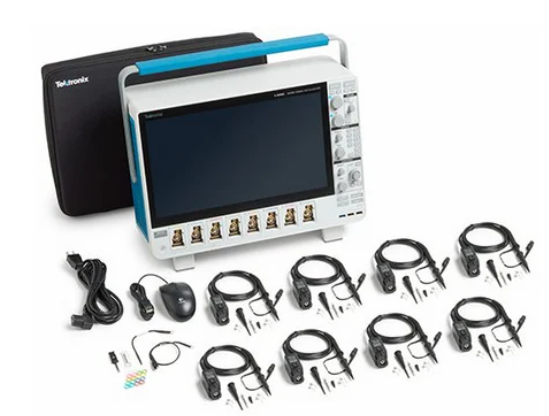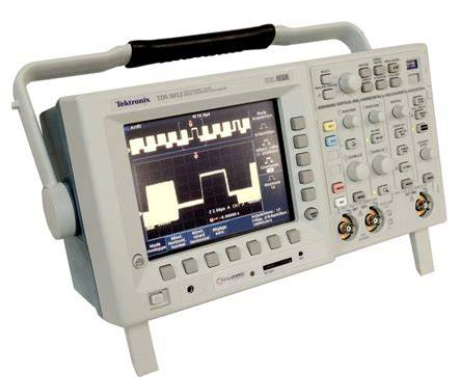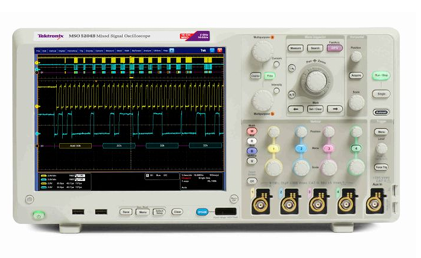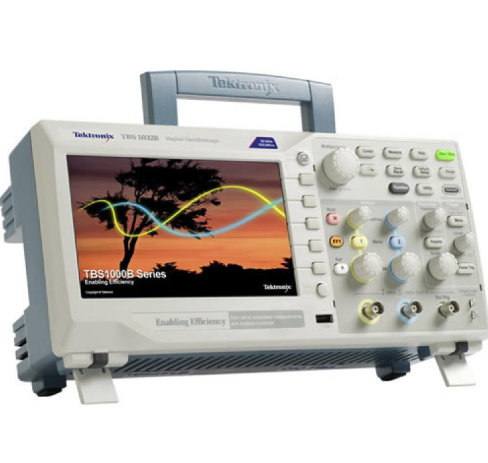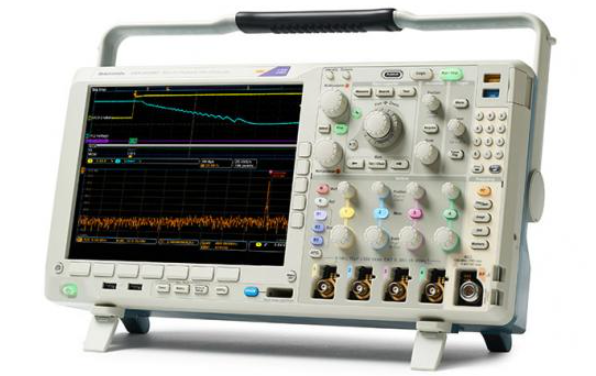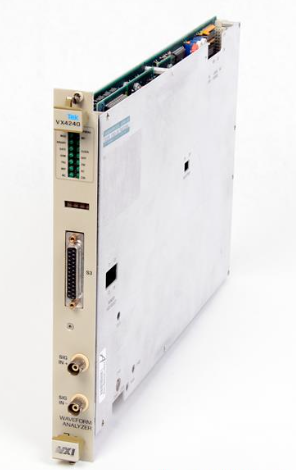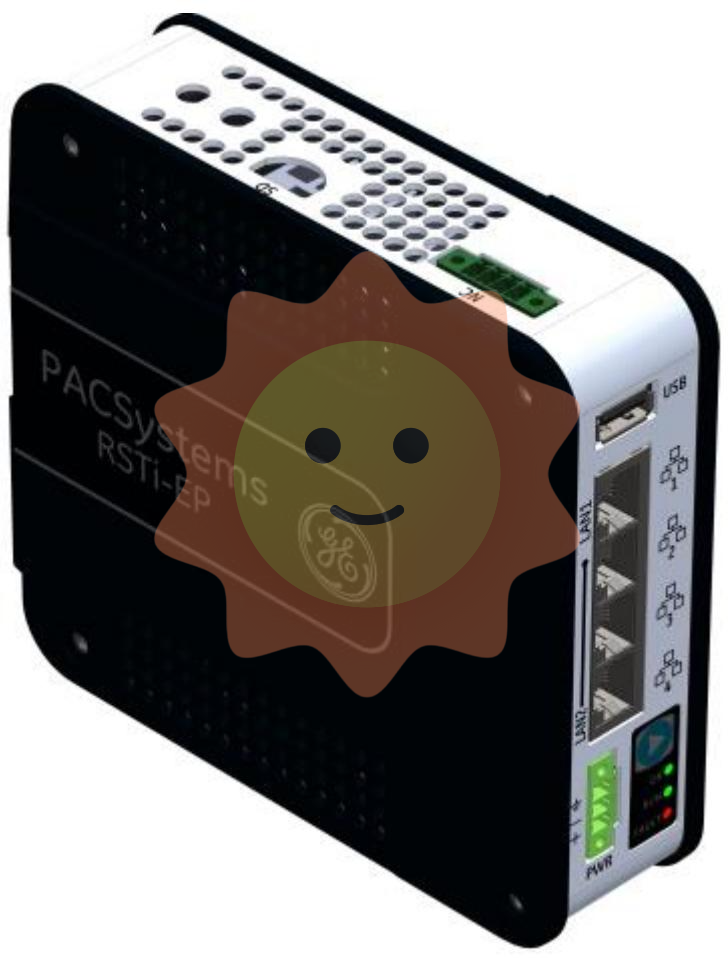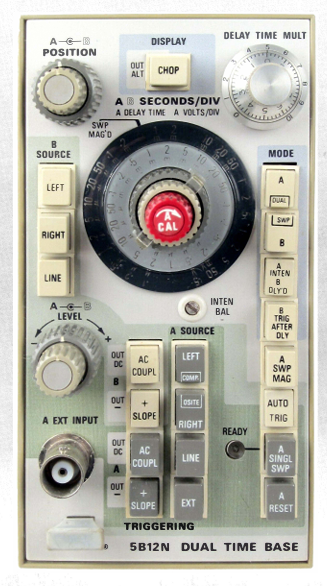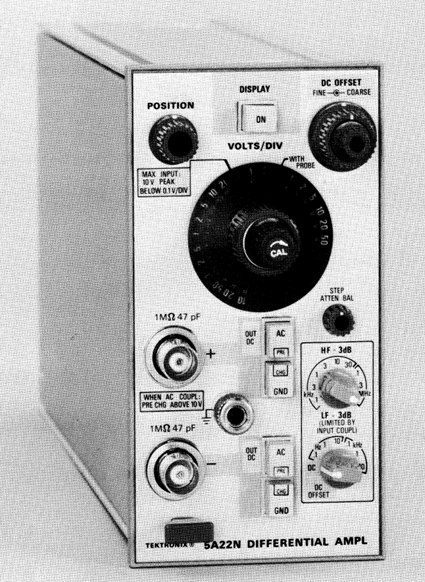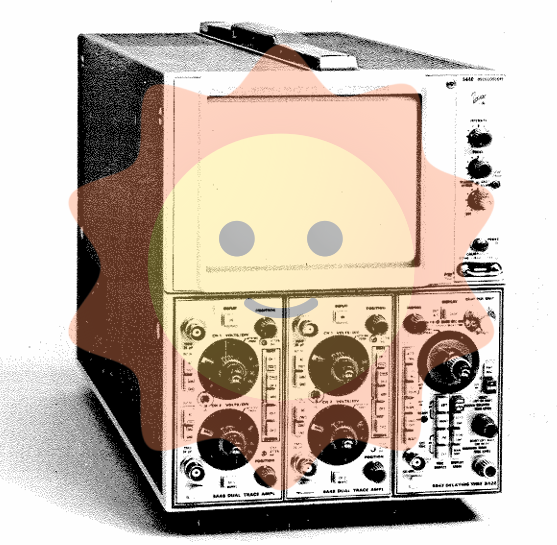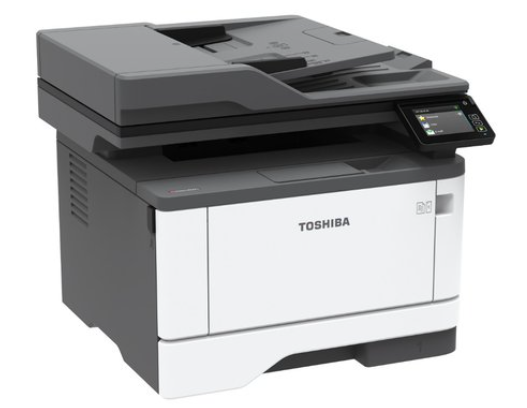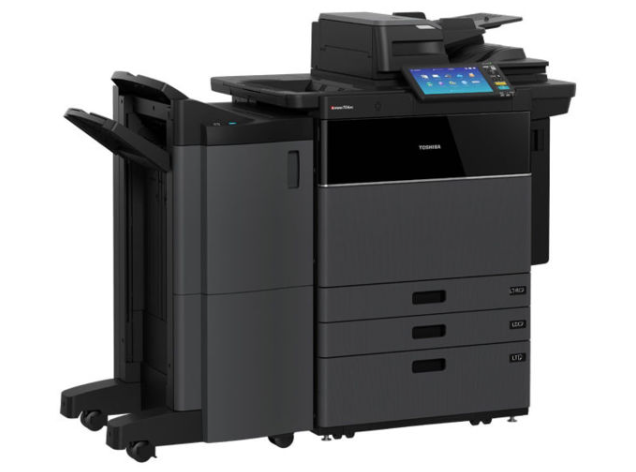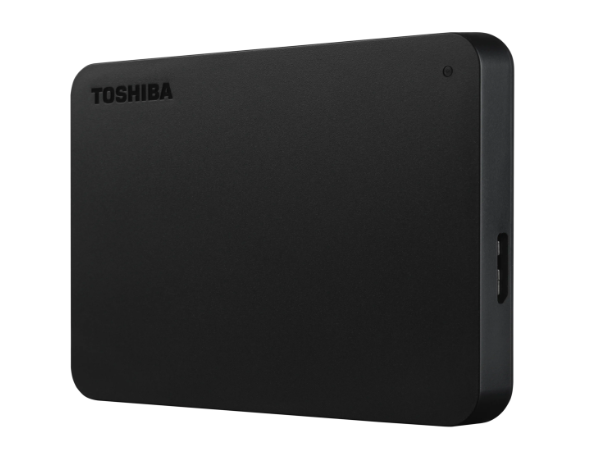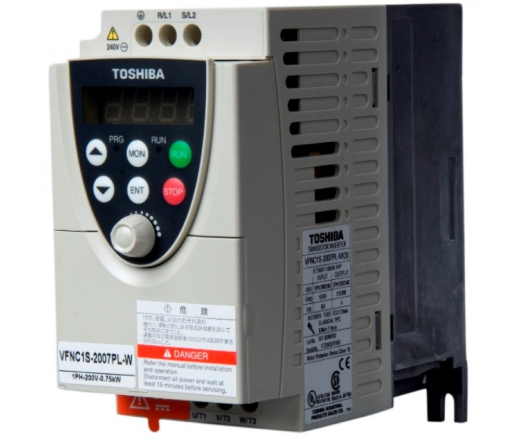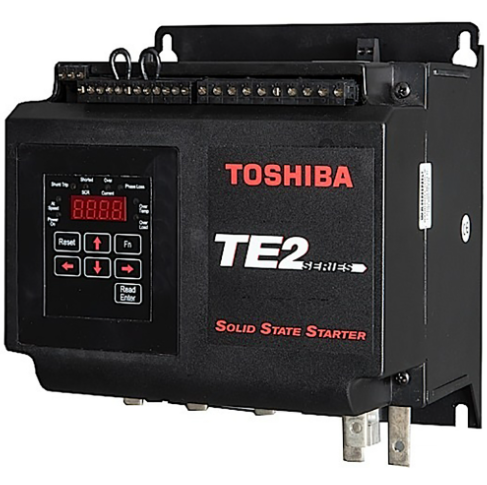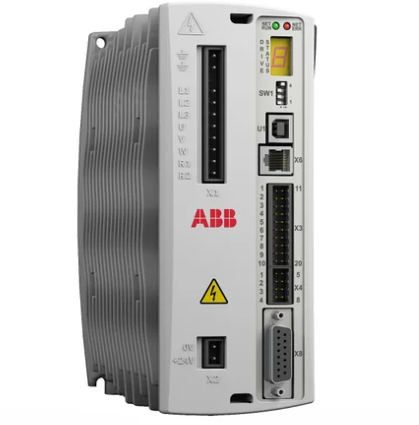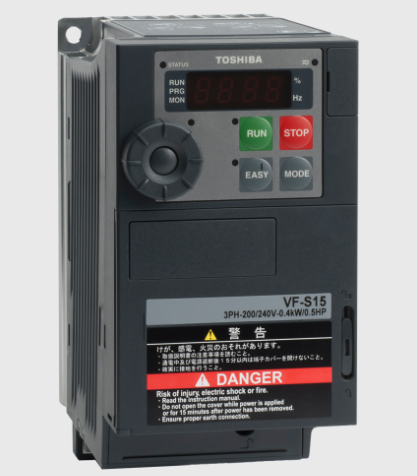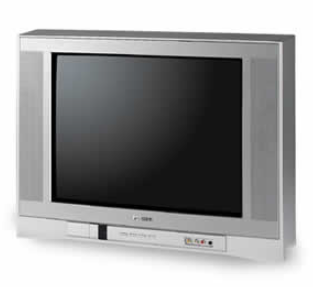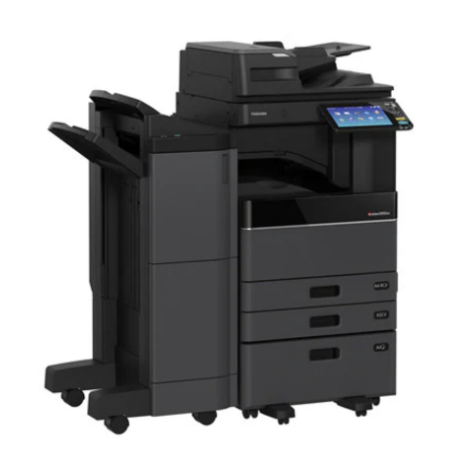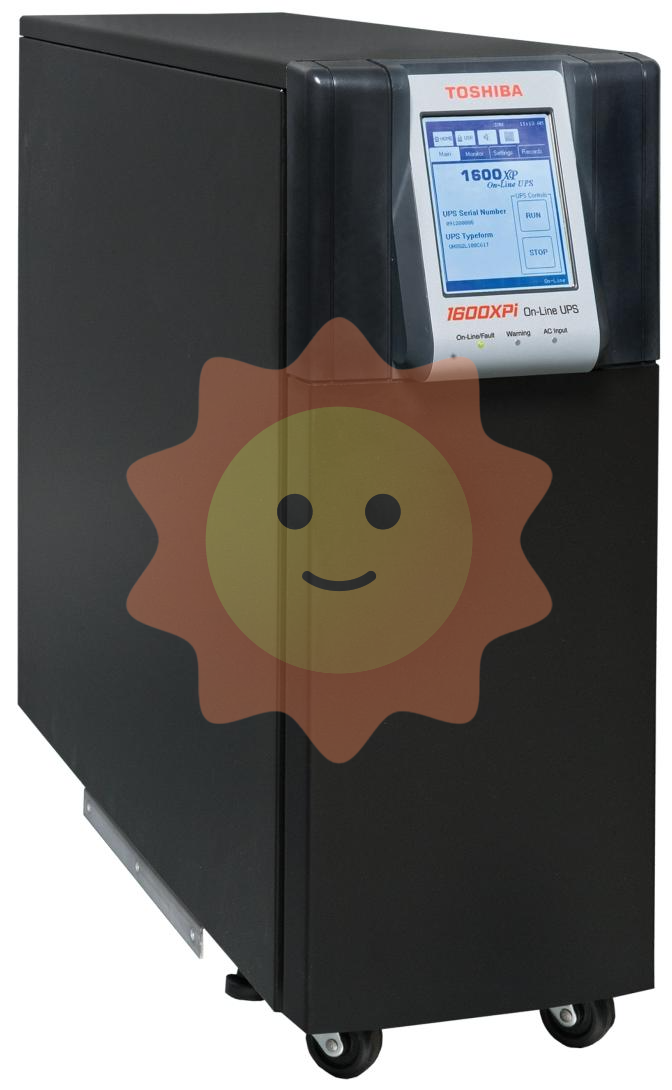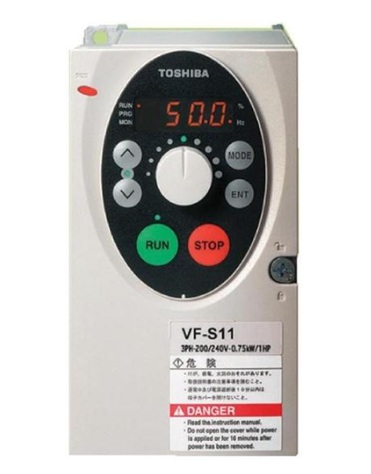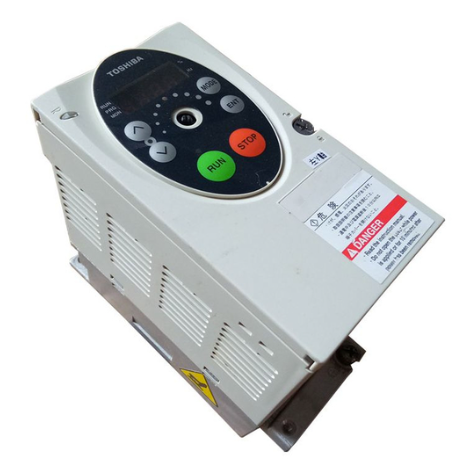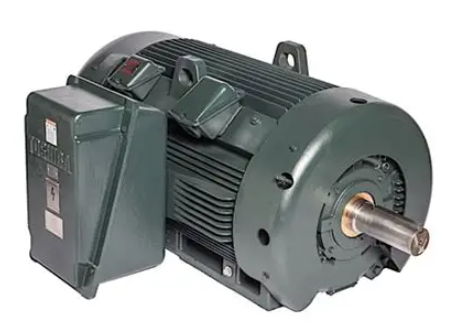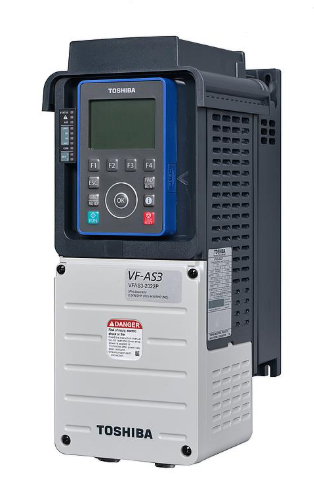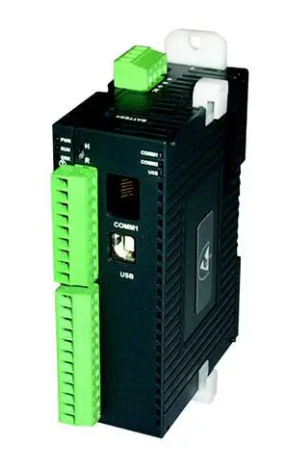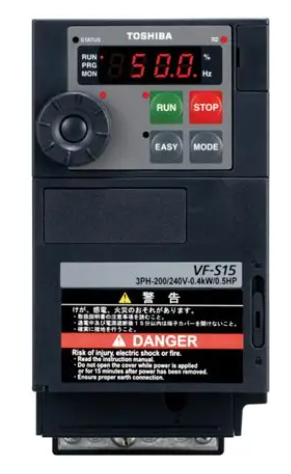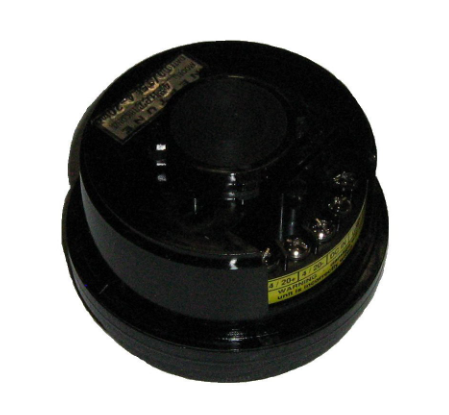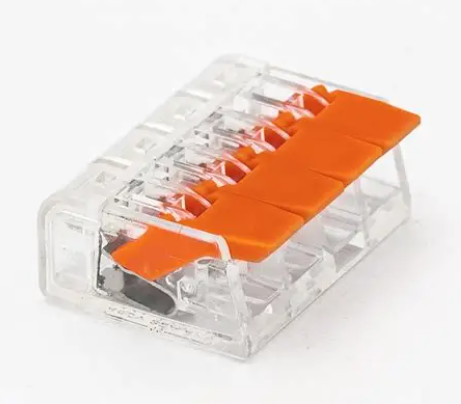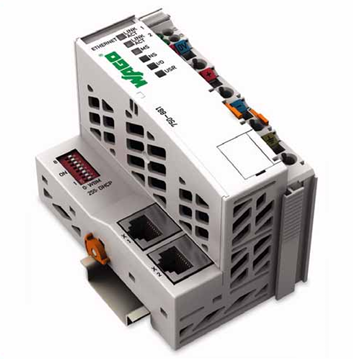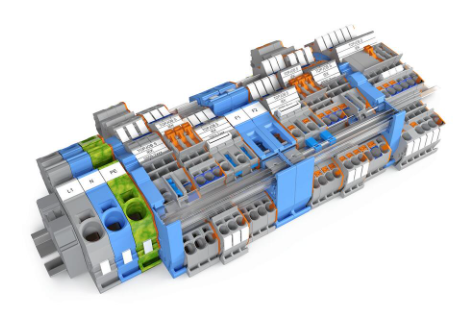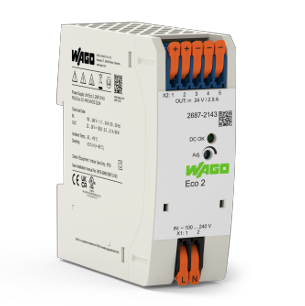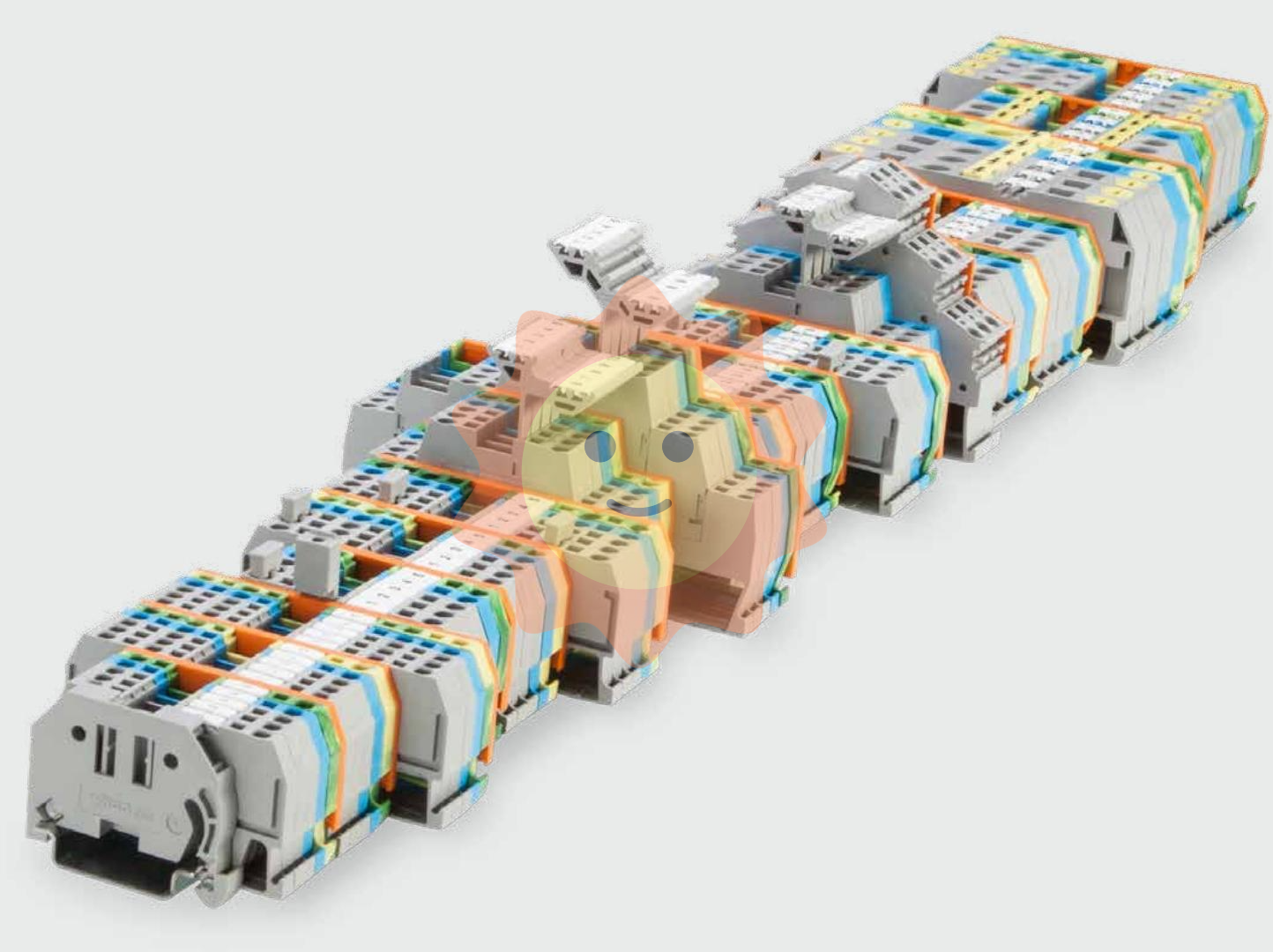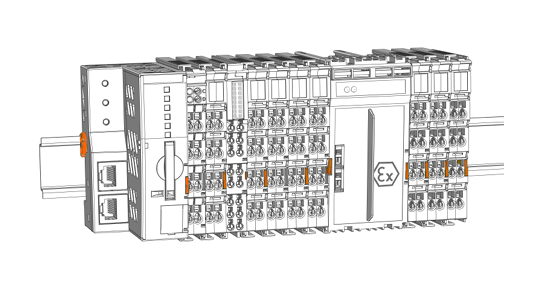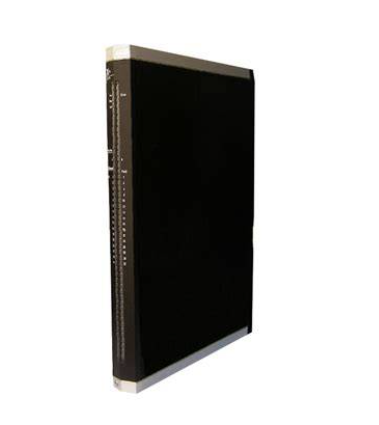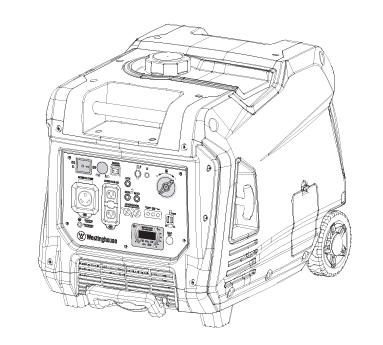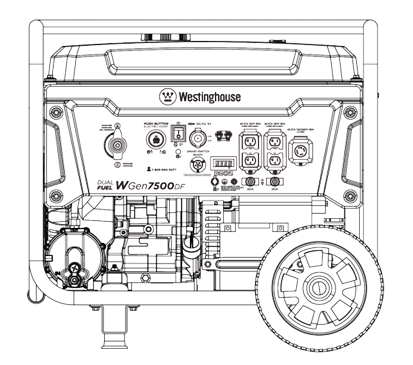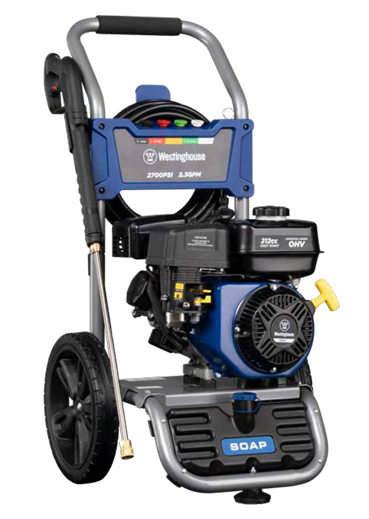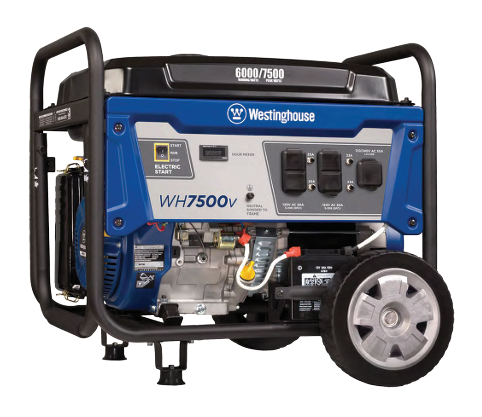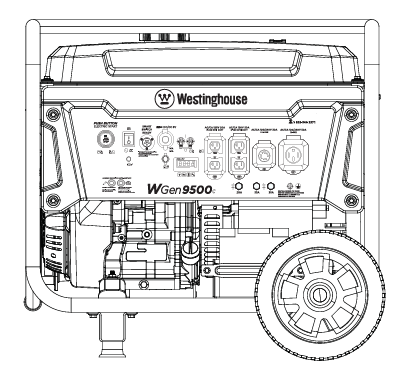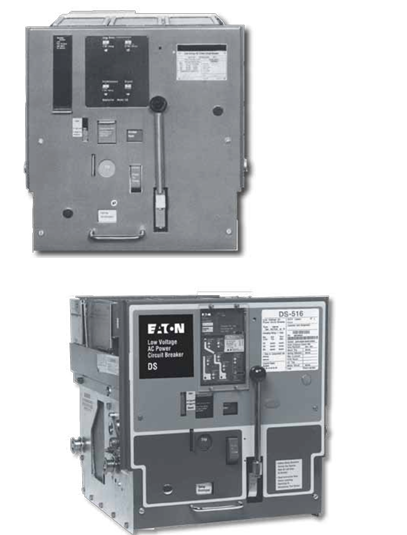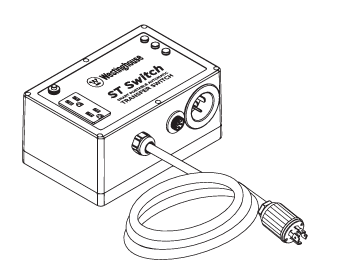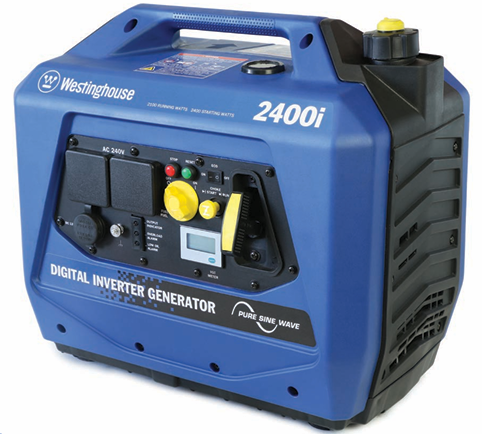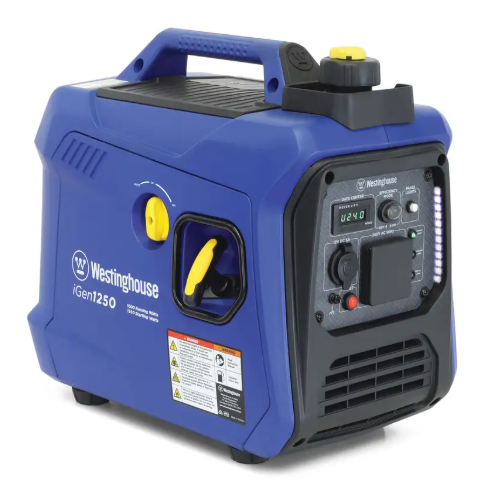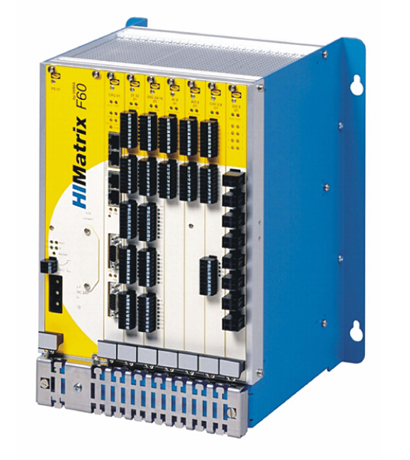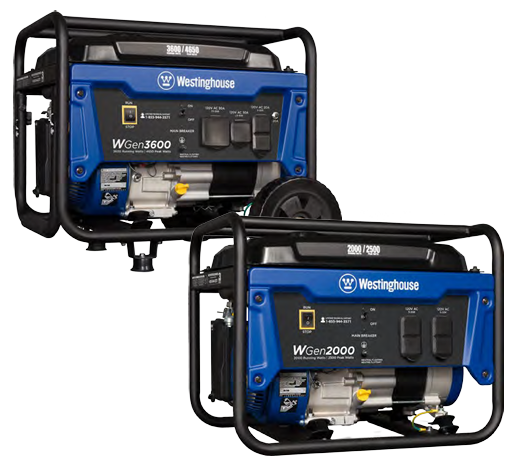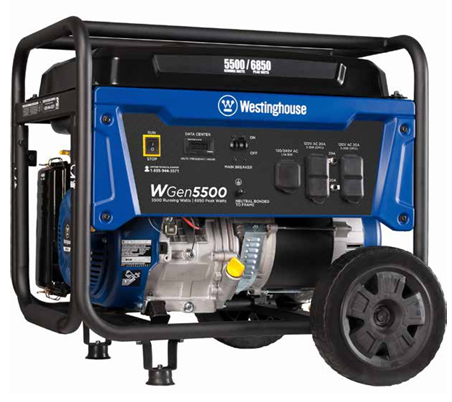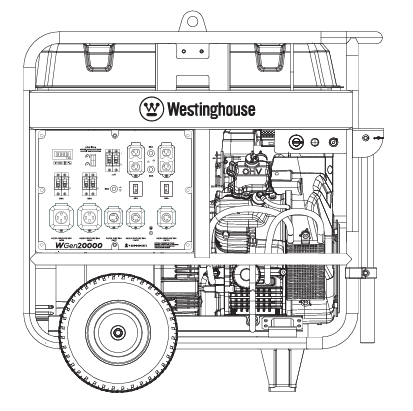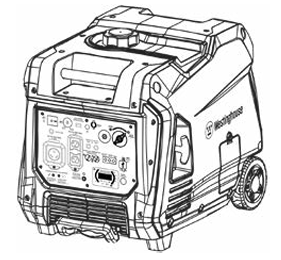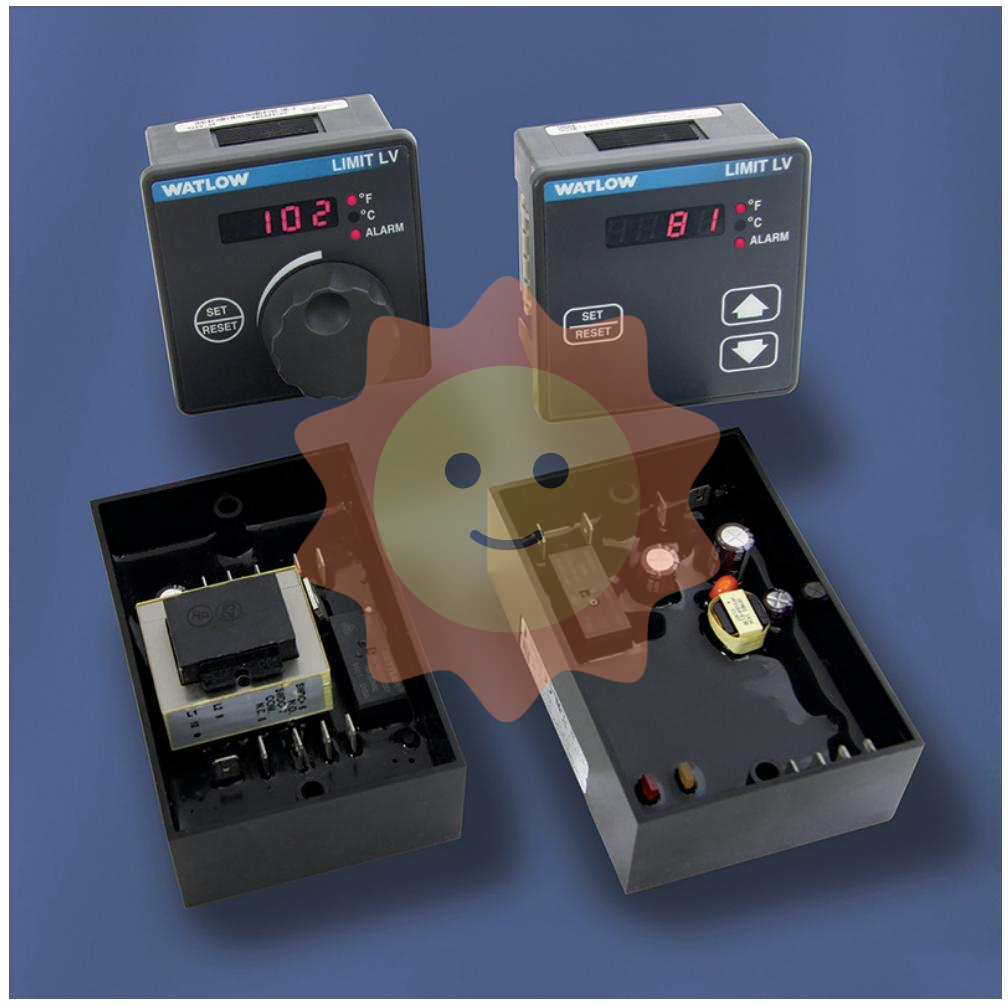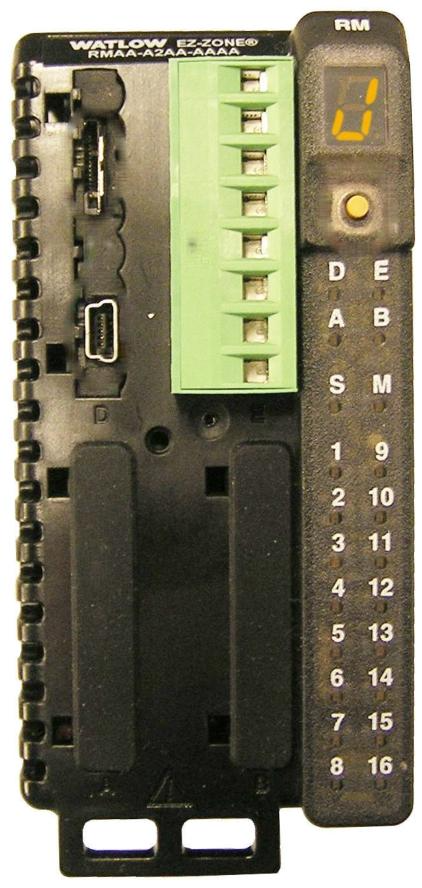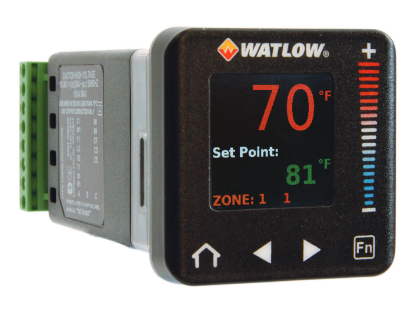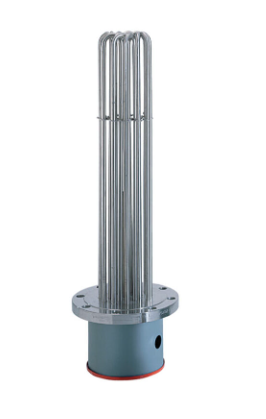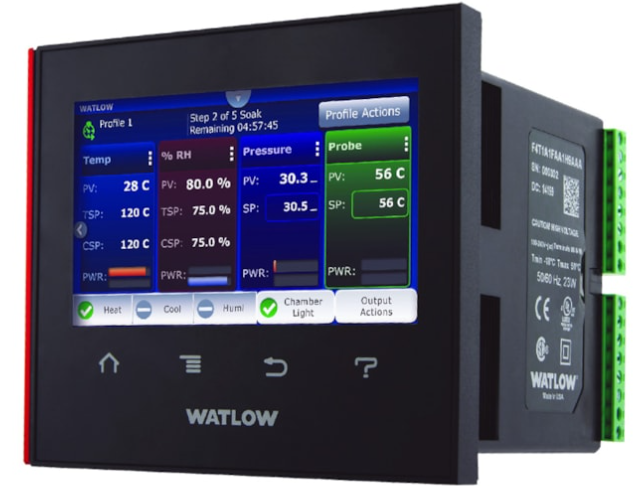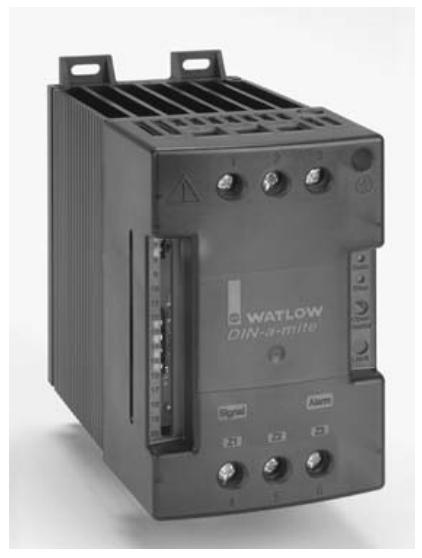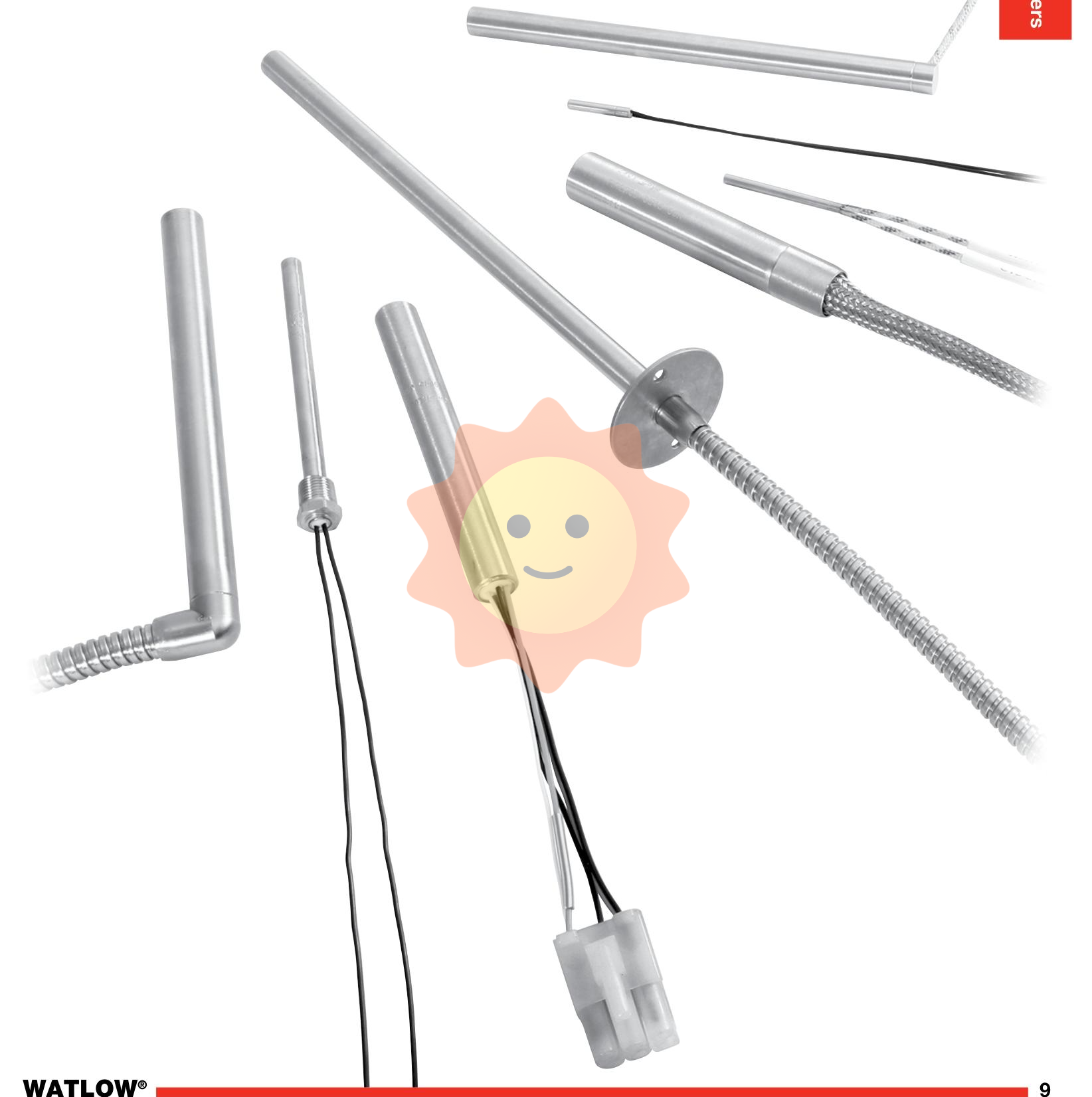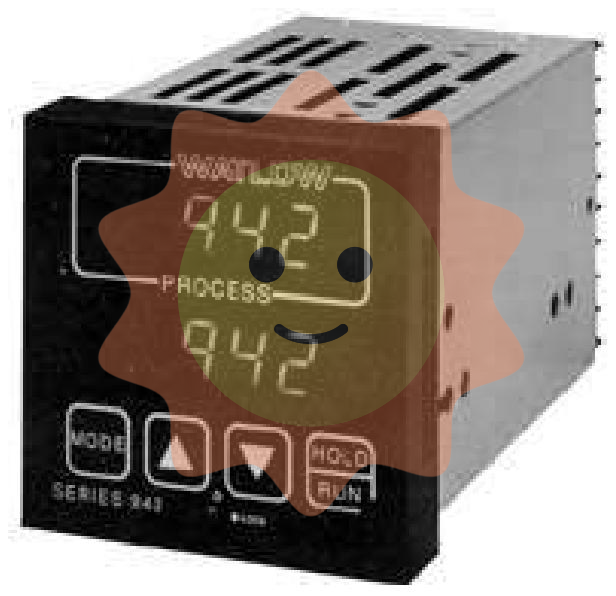Manufacturers
ABB
Model(s)
ABB Advant Controller 31, ABB Advant OCS
Additional Information
We offer a Classic Automation verified replacement battery for this unit. See part number CA-07LE90.
Estimated Shipping Size
Dimensions: 10.0" x 6.0" x 4.0"
(25.4 cm x 15.2 cm x 10.2 cm)
Weight: 1 lbs 2.1 oz (0.5kg )
ABB GJR5253100R0260 07KT98 Advant Controller 31 Basic Unit
Basic Information
Model Details:ABB GJR5253100R0260 07KT98 is the base unit of the Advant Controller 31 series. This model number helps to pinpoint the product within the ABB product line for easy identification and selection.
Place of origin: These products are usually produced in Germany or Sweden, where the high level of industrial manufacturing ensures the quality and performance of the product.
Physical specifications: The product measures approximately 25.4 cm in length, 10.2 cm in width, 15.2 cm in height and weighs approximately 0.9 kg. Its compact dimensions allow for efficient use of space in control cabinets and other installation spaces, making it easy to install and integrate into a variety of industrial automation systems.
Performance features
Processor performance: The internal processor is powerful enough to handle complex control logic and large amounts of data operations quickly. In industrial automation scenarios, it can efficiently process multiple input and output signals at the same time, such as monitoring multiple sensor signals in real time and quickly calculating and outputting control instructions based on these signals to ensure the real-time response capability of the system.
Memory capacity and function:
Programme memory: with 1MB of programme memory, this provides enough space for users to write complex control programmes. Users can write detailed control logic and algorithms, including but not limited to logic operations, data processing, communication control and other programmes, according to specific industrial control requirements, such as automated production line control, process control systems and so on.
Data Memory: The data memory is also designed with full consideration of the actual application requirements, and is used to store various data during system operation, such as the collected sensor data, intermediate data in the operation process, and equipment status data. The effective storage and management of these data helps to achieve stable operation and precise control of the system.
Communication capability:
Communication interface type: equipped with a variety of communication interfaces, such as Ethernet interface, RS-232 interface, etc.. The Ethernet interface enables the controller to be easily connected to the industrial Ethernet network to achieve high-speed data communication with the host computer, other PLCs or intelligent devices, which is suitable for the construction of large-scale distributed control systems, while the RS-232 interface can be used for connecting some devices with serial communication functions, such as specific sensors, actuators or some old models of equipment, which ensures the compatibility and system scalability of the equipment. The RS-232 interface can be used to connect some devices with serial communication function, such as specific sensors, actuators or some old devices, which ensures the compatibility of the devices and the system scalability.
Communication protocol support: Support a variety of industrial communication protocols, such as CS31, Modbus, etc. These protocols are widely used in the field of industrial automation. These protocols are widely used standard protocols in the field of industrial automation. By supporting these protocols, the controller can communicate seamlessly with devices produced by different manufacturers that conform to the corresponding protocols, making it convenient for users to build complex automation systems and realise collaborative work between devices.
Functional Features
Input and output interfaces:
Digital input and output: 24 digital input channels can receive signals from digital sensors (e.g. pushbuttons, limit switches, proximity switches, etc.), which can be used to detect the status of the equipment (e.g. start/stop, position arrival, etc.). 16 digital output channels can drive the digital output devices (e.g. relays, indicators, solenoid valves, etc.), so as to realise the control of the external devices such as the start/stop of motors, the start/stop of indicators, and the start/stop of solenoid valves. The 16 digital output channels can drive digital output devices (such as relays, indicator lamps, solenoid valves, etc.) to control external devices, such as starting and stopping motors, lighting indicator lamps, etc. In addition, there are 8 digital combination input and output channels, which can be flexibly configured as inputs or outputs according to the actual application scenarios, enhancing the flexibility of the system in digital signal processing.
Analogue input and output: 8 analogue input channels and 4 analogue output channels. The analogue input channels can receive continuously changing signals from various analogue sensors (e.g. temperature sensors, pressure sensors, flow sensors, etc.), convert physical quantities (e.g. temperature, pressure, flow, etc.) into electrical signals, and collect and process them. The analogue output channel can output continuous electrical signals for controlling devices such as frequency converters, control valves, analogue actuators, etc., so as to achieve precise control of physical quantities in the industrial field, such as regulating the speed of motors and controlling the opening of valves.
Expandability: As the basic unit of Advant Controller 31 series, it has good expandability. Users can increase the number of input/output points, communication interfaces or other special functions by adding expansion modules according to the actual industrial control needs. For example, if you need to connect more sensors or control more actuators, you can add the corresponding I/O expansion module; if you need to support other special communication protocols or increase the number of communication interfaces, you can also add communication expansion modules to achieve. This scalability allows the system to adapt to changing industrial production processes and control requirements, extending the service life and application range of the equipment.
Reliability and Stability:
Hardware design: High-quality electronic components are used for manufacturing, and these components are strictly screened and tested in terms of material selection and manufacturing process to ensure that they can work properly in harsh industrial environments. For example, in high temperature, high humidity, strong electromagnetic interference and other harsh conditions, it can still maintain stable performance, effectively reducing the probability of system failure caused by environmental factors. The housing design also takes into account factors such as protection and heat dissipation to ensure the safety and stable operation of the internal circuitry.
Software design: The built-in operating system and control software has a perfect error detection and recovery mechanism. In the process of running the programme, if it encounters sudden interference or errors, the system can automatically diagnose and try to restore normal operation, so as to minimise the impact on the control process. At the same time, the software is relatively easy to update, ABB will continue to optimise the software functions according to user feedback and technological development, the user can update the software through the specified update procedure to improve the performance and safety of the system.
Programming Flexibility: A variety of programming languages are supported, such as ladder diagrams, function block diagrams, instruction lists and sequential function diagrams. Ladder diagram programming language has the characteristics of intuitive image, similar to the traditional electrical control schematic diagram, for engineers familiar with electrical control is very easy to get started, through the simple graphic symbols and connecting lines can be constructed control logic. Function block diagram focuses on the combination and invocation of function modules, which is suitable for implementing complex control algorithms. Users can combine different function modules (e.g., PID control module, arithmetic operation module, etc.) together to quickly build a complex control system. Instruction list is similar to assembly language, which provides a programming way to operate directly on processor instructions, and is very useful for users who have high requirements on the efficiency and details of program execution. Sequential Function Diagram, on the other hand, is mainly used to describe the sequential logic of a control system. By dividing the control process into a number of sequential execution steps, it clearly demonstrates the operation flow of the system, which is especially suitable for industrial application scenarios where sequential control is the main focus. Users can choose the appropriate programming language according to their own programming habits, the complexity of the project and the specific control requirements, which not only reduces the difficulty of programming, but also improves the programming efficiency and facilitates the subsequent maintenance and modification of the programme.

- User name Member Level Quantity Specification Purchase Date
- Satisfaction :
-









Email:wang@kongjiangauto.com

